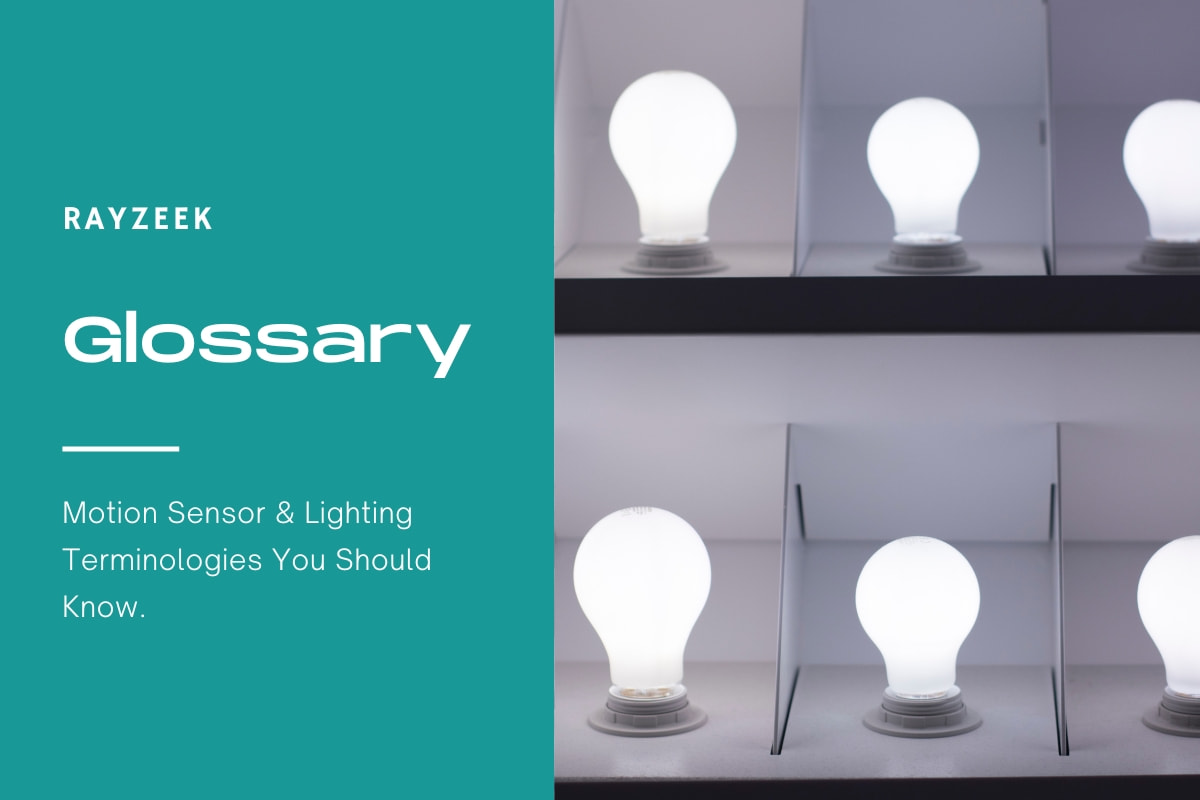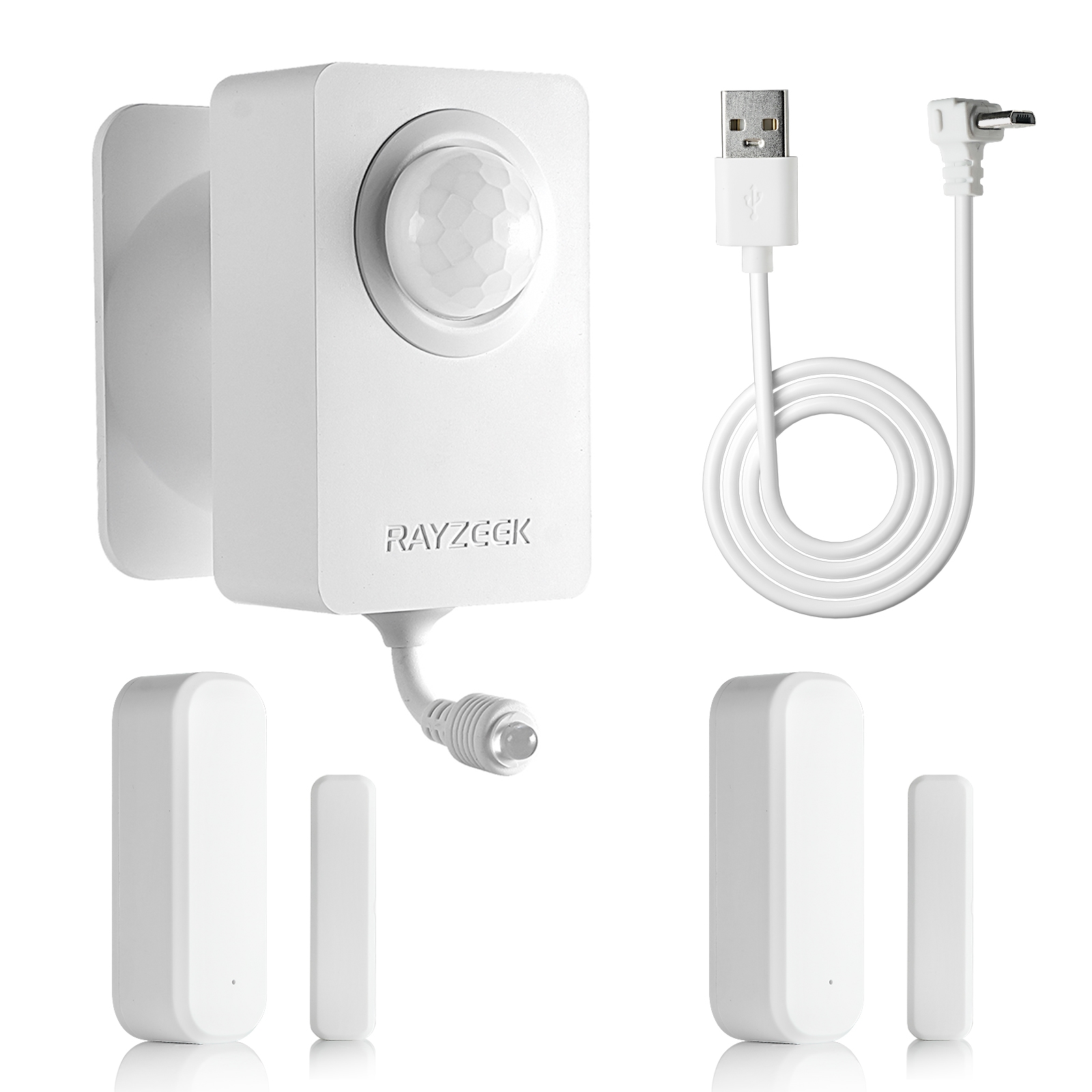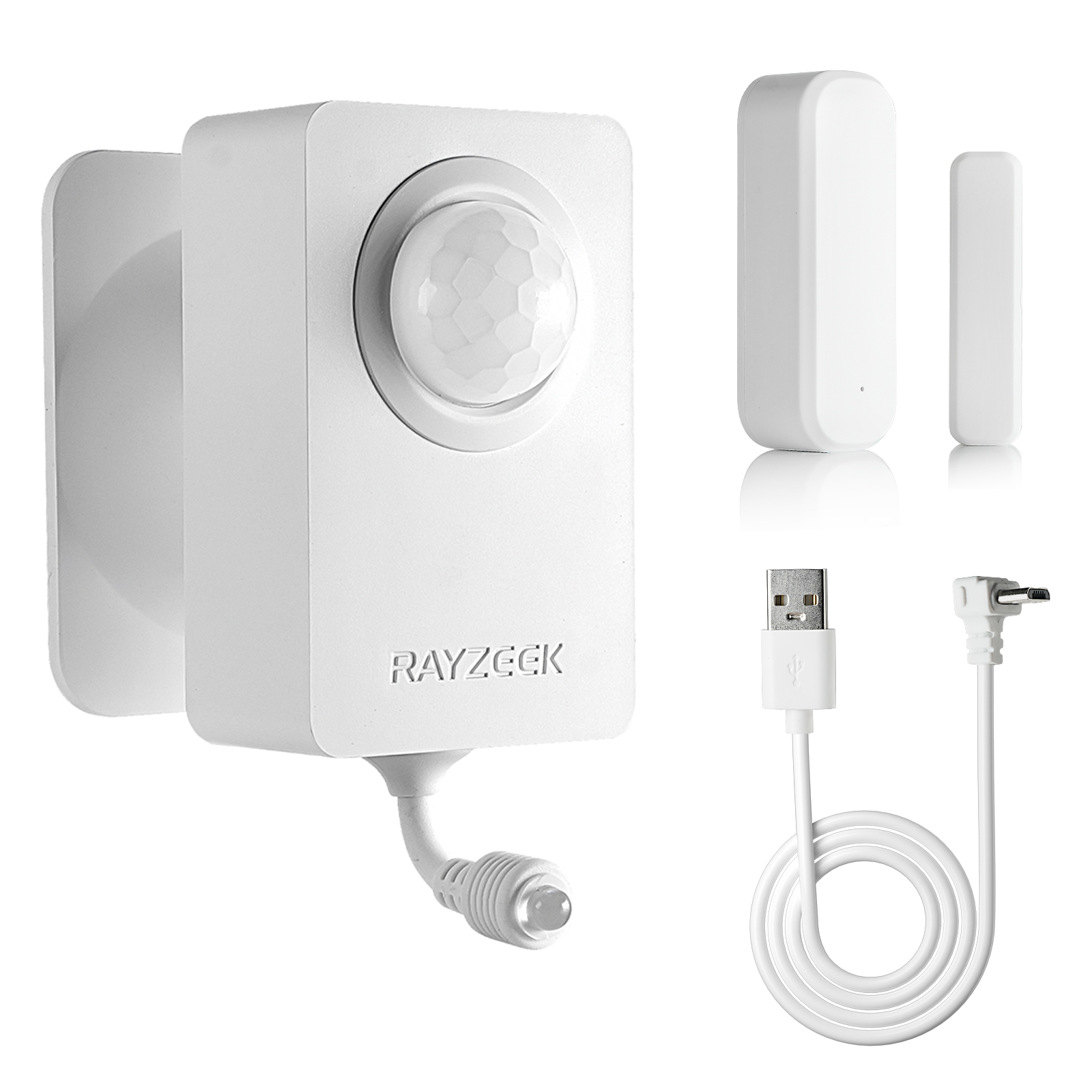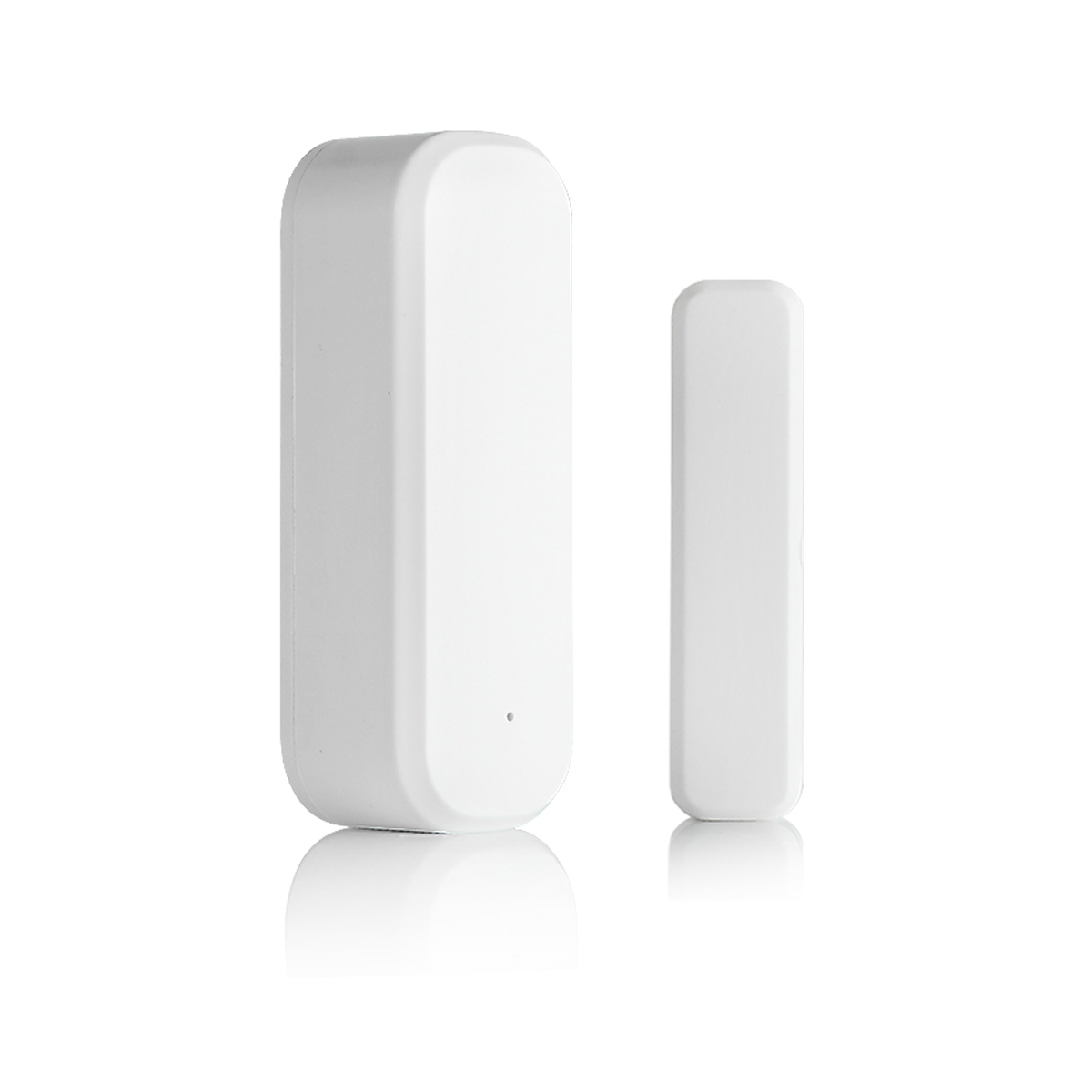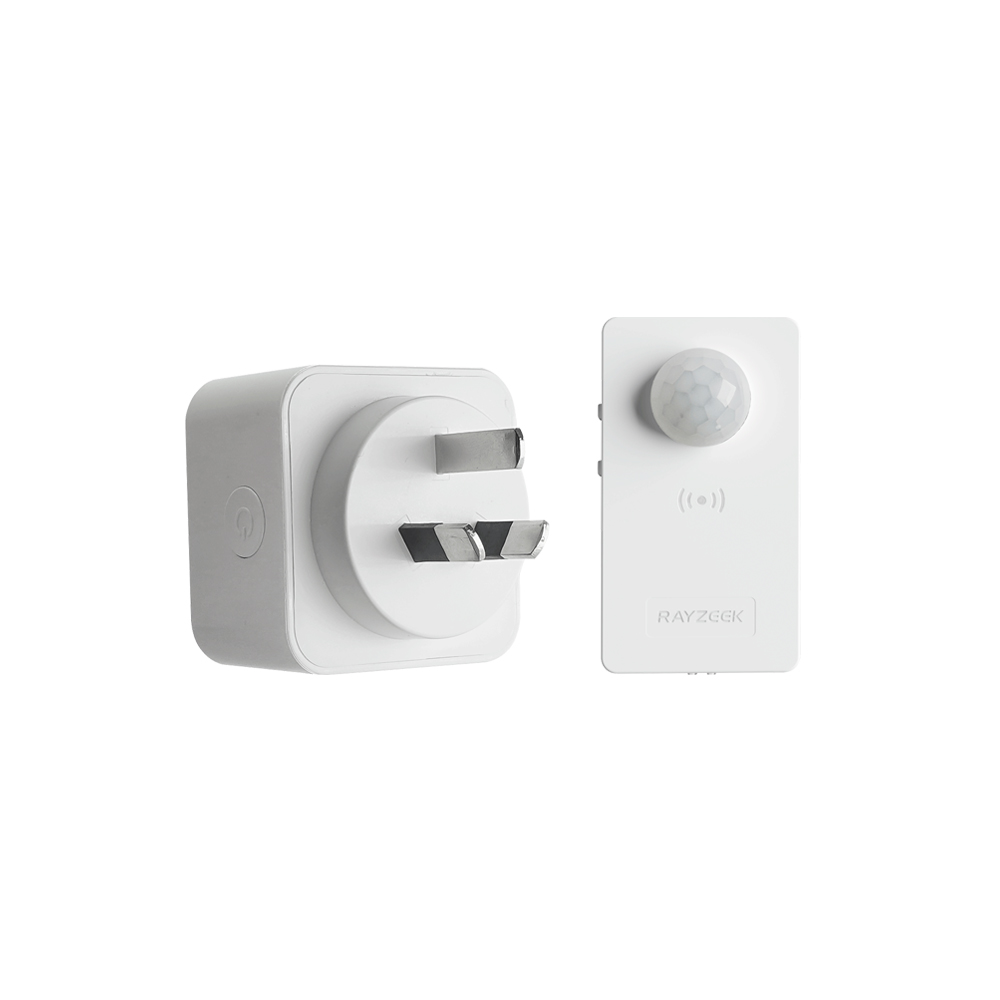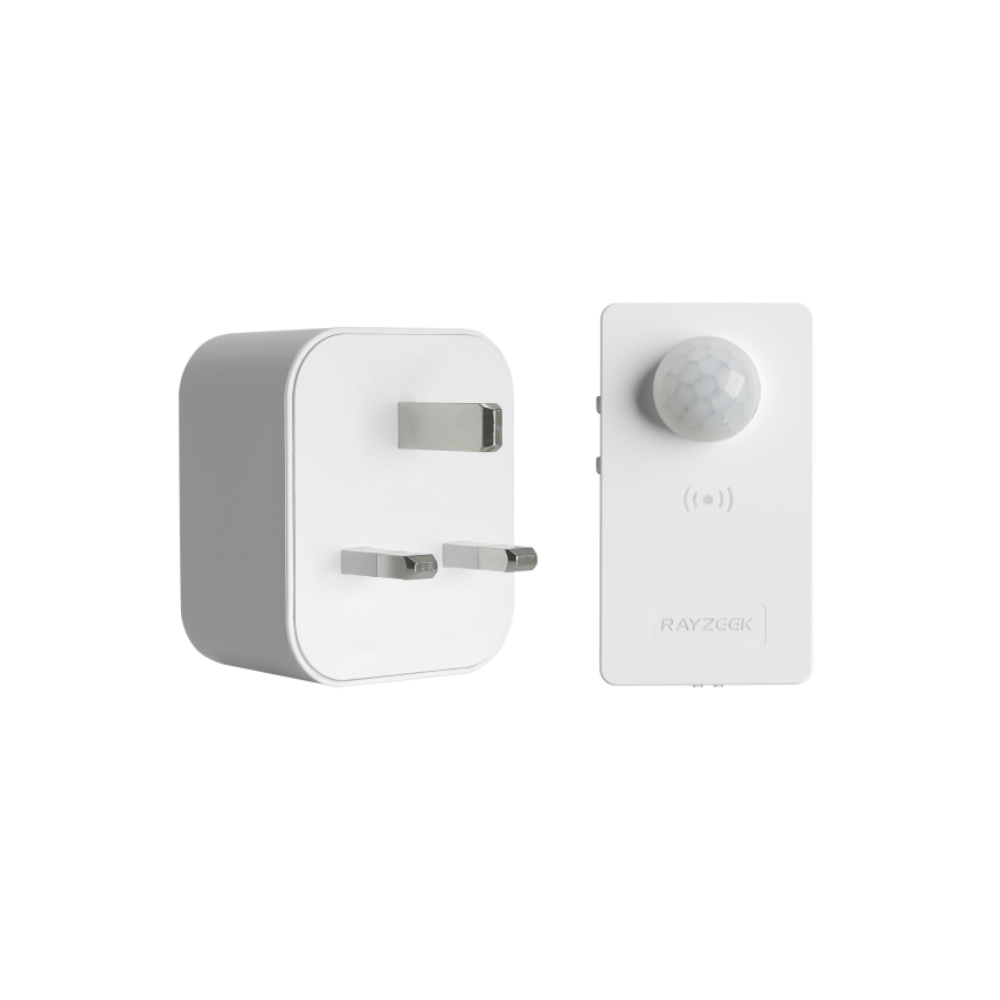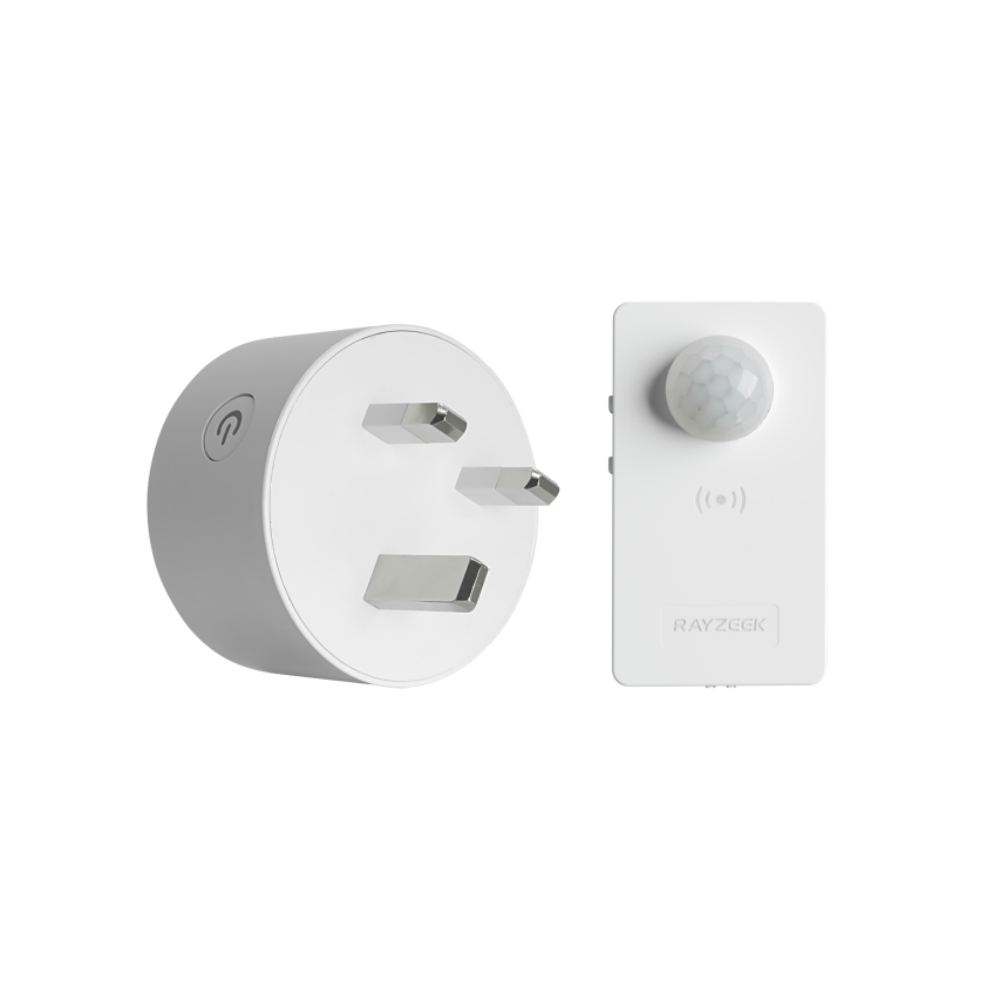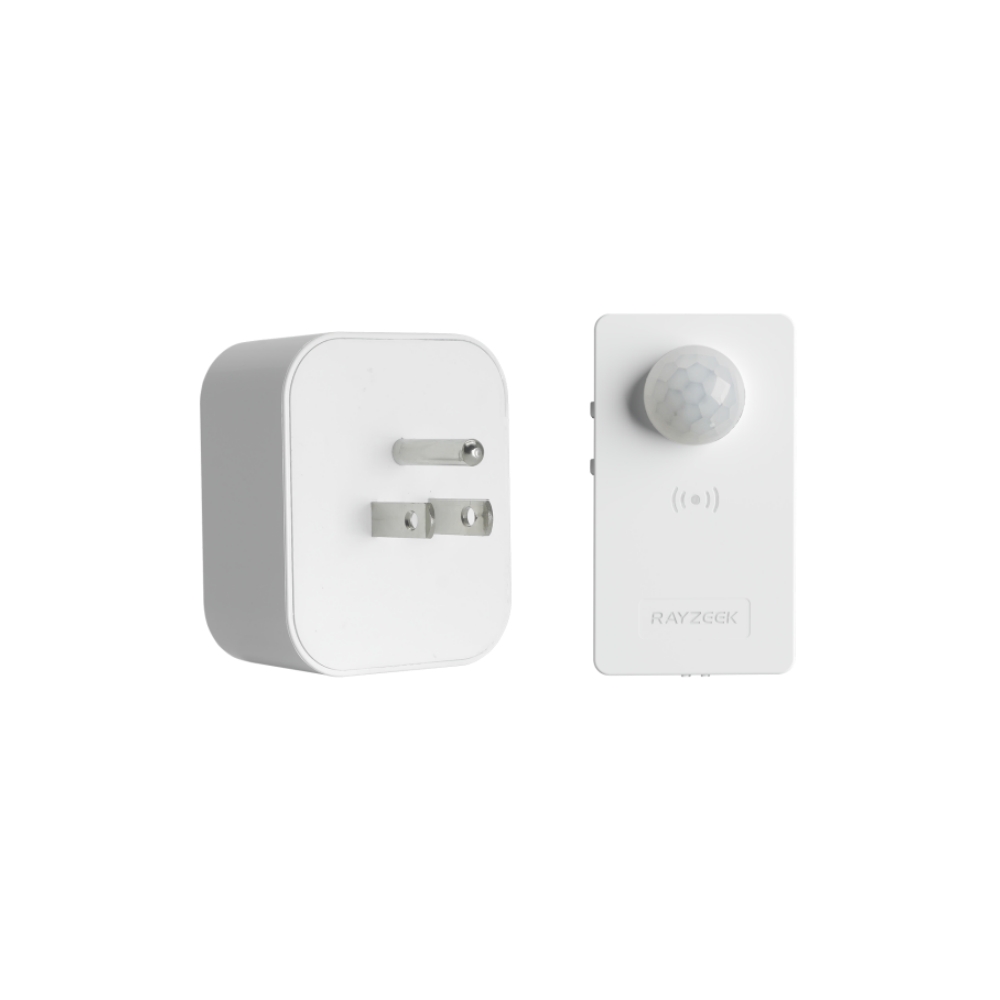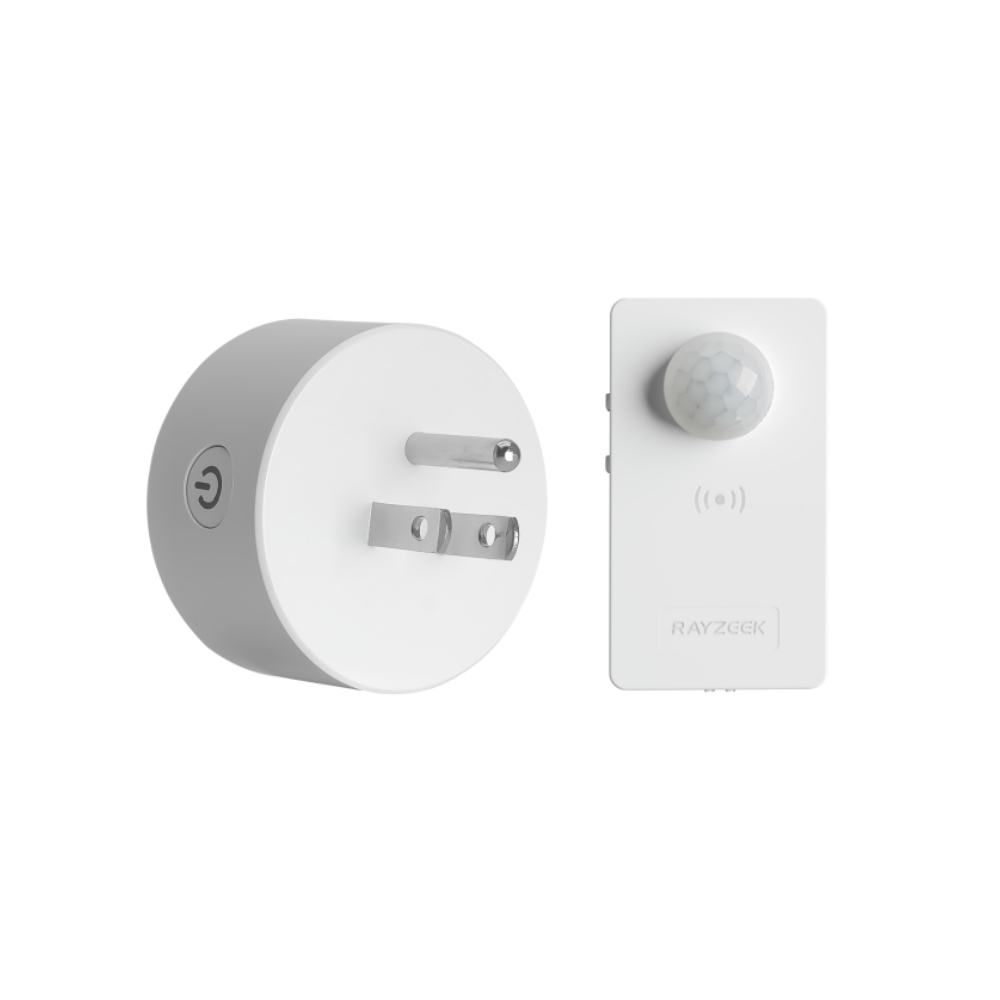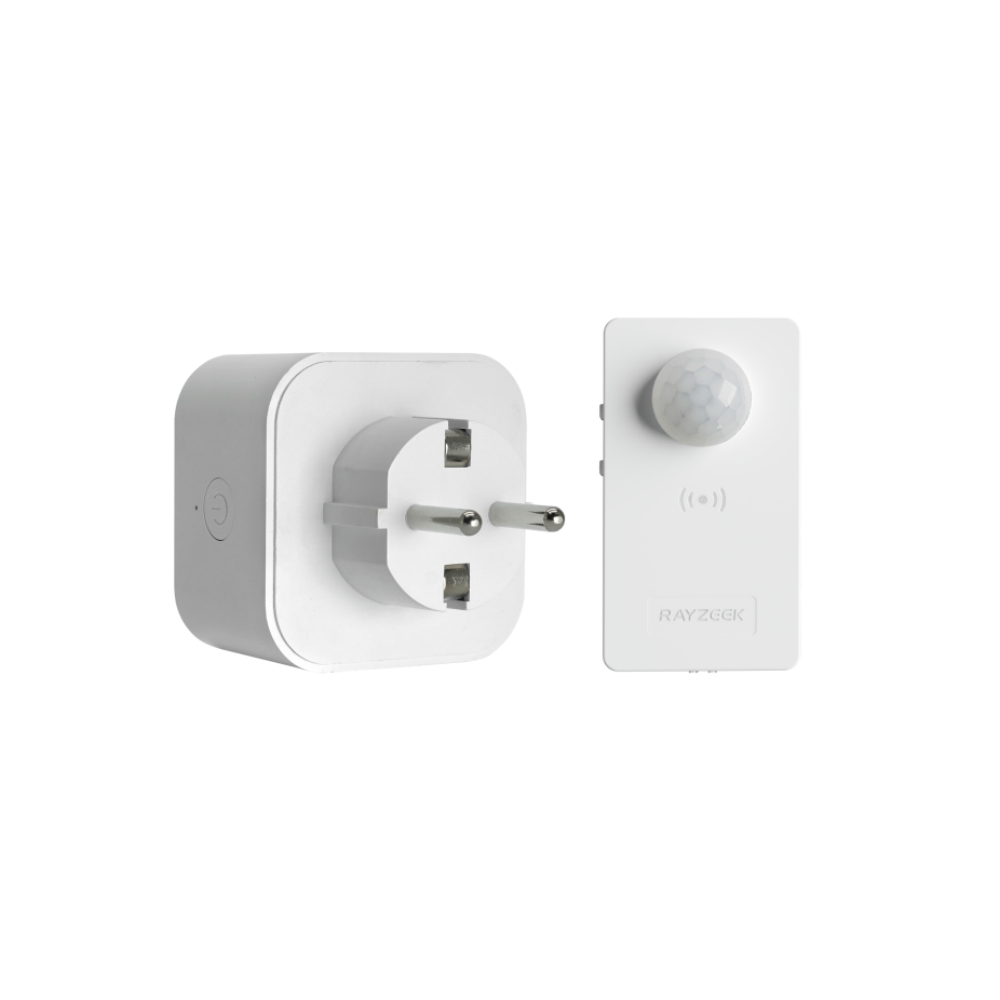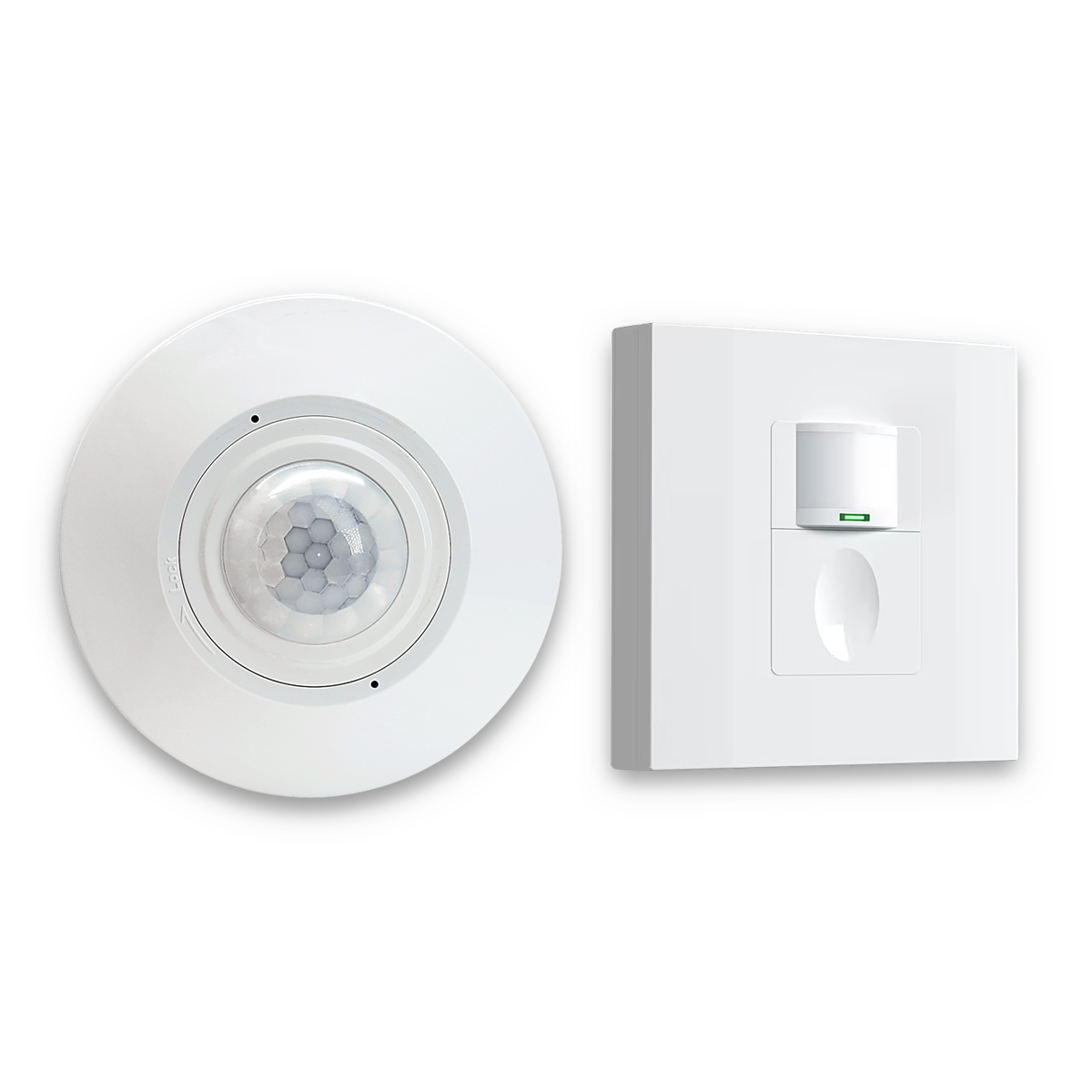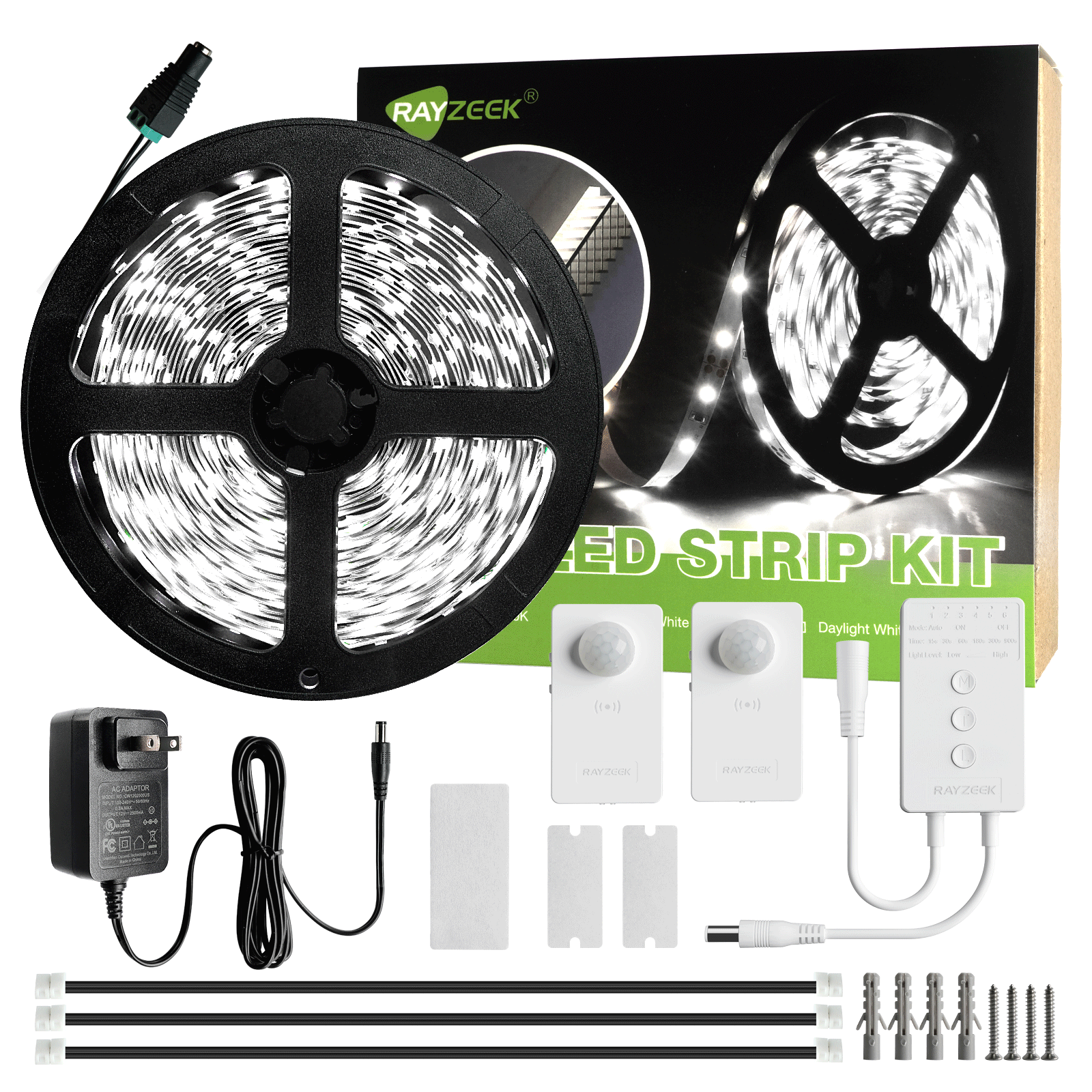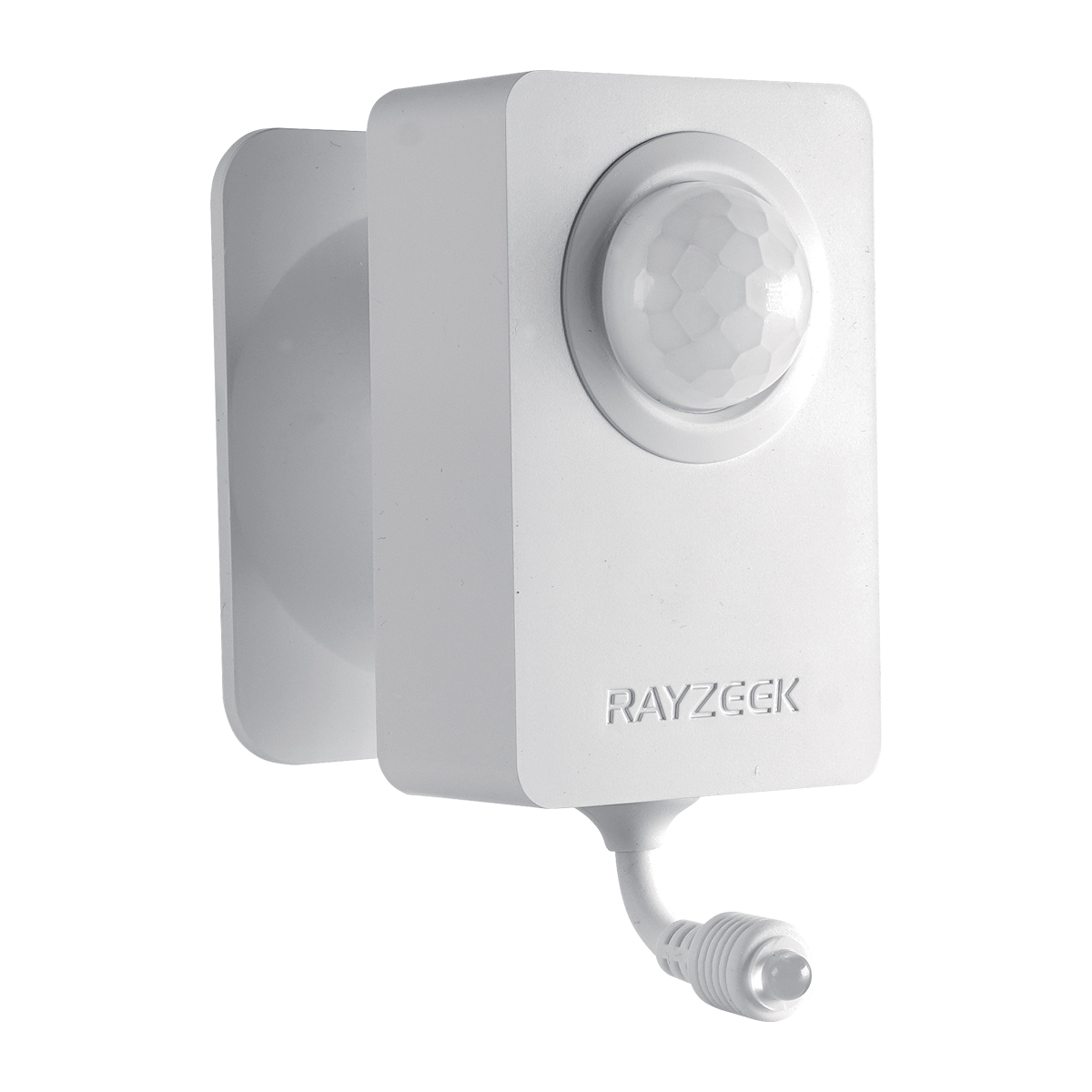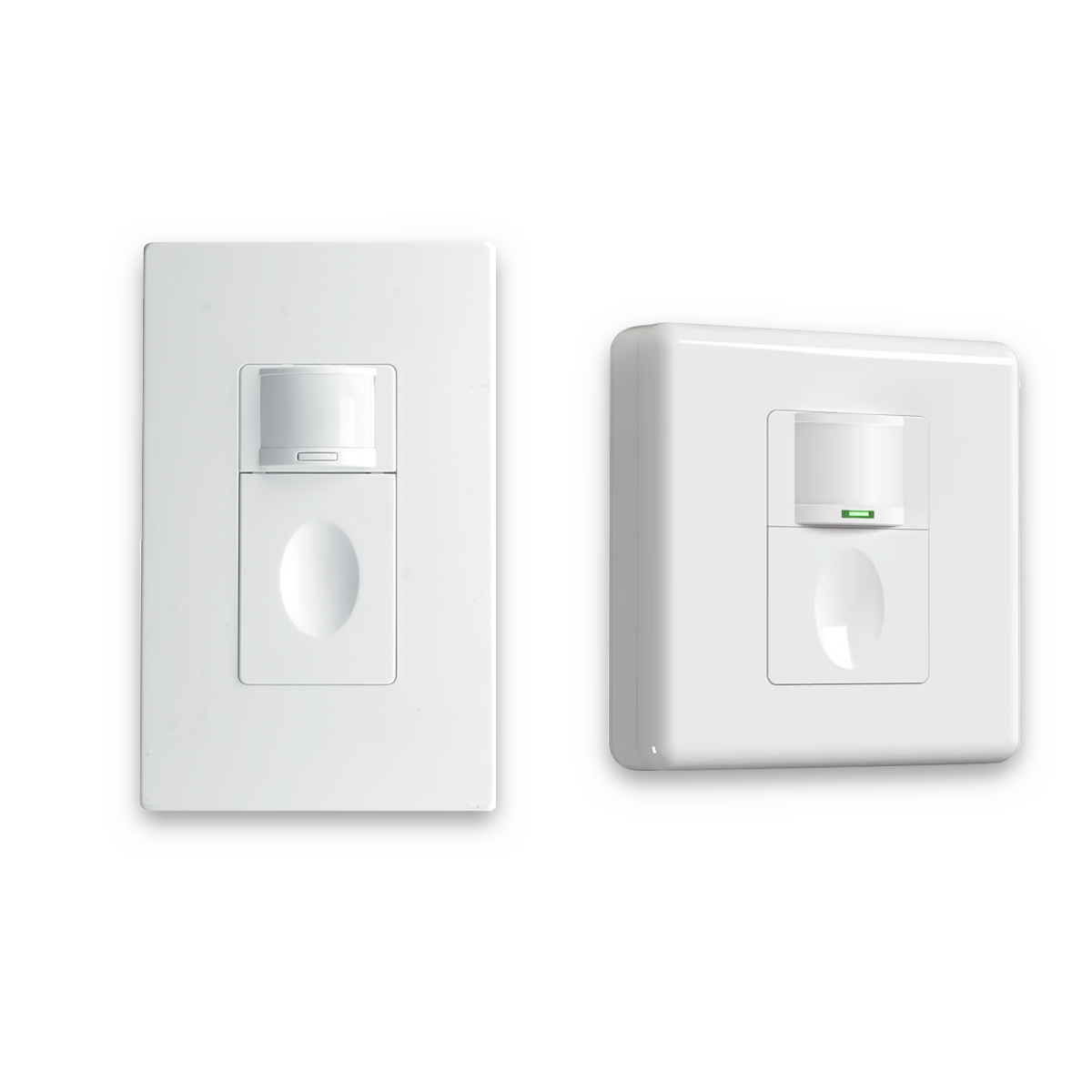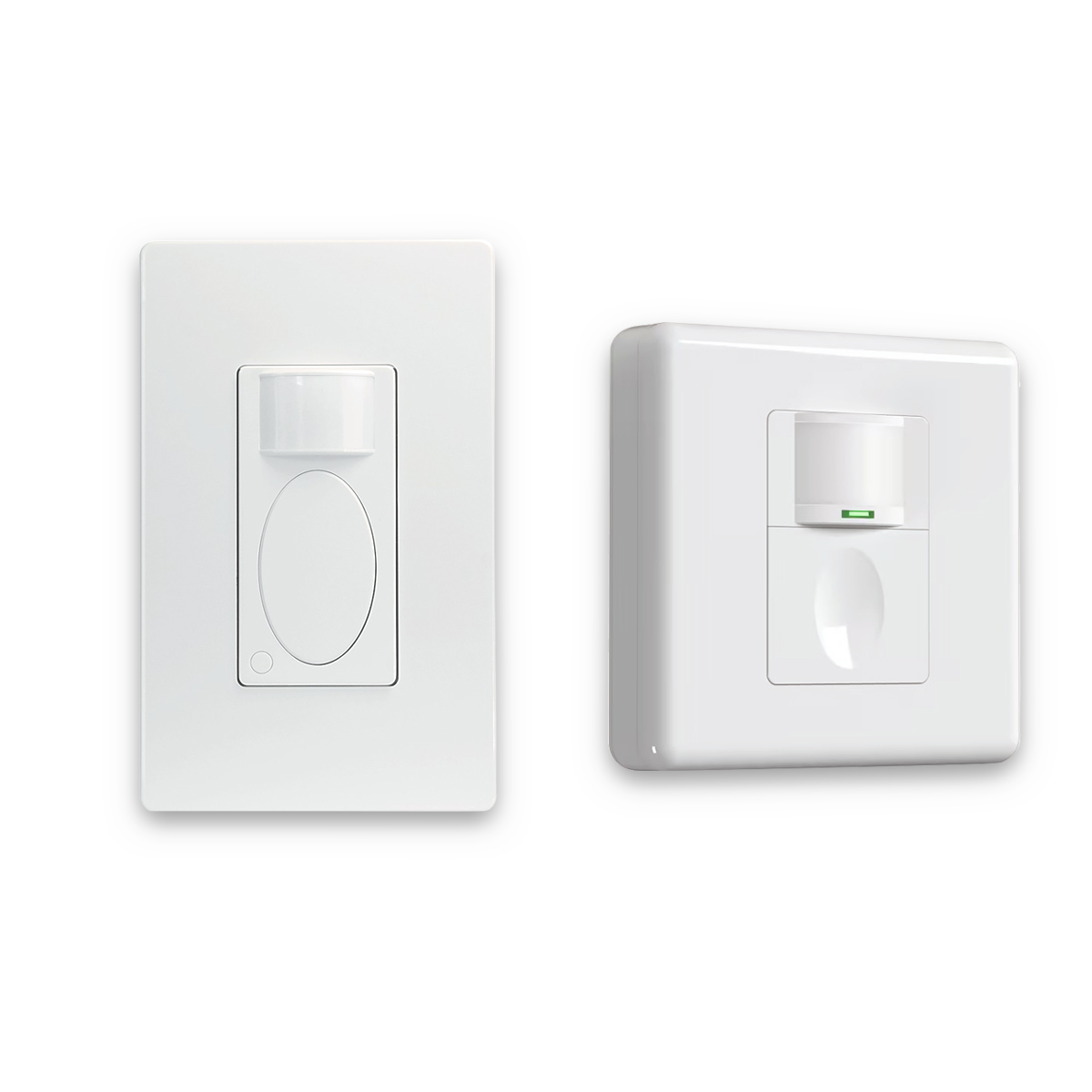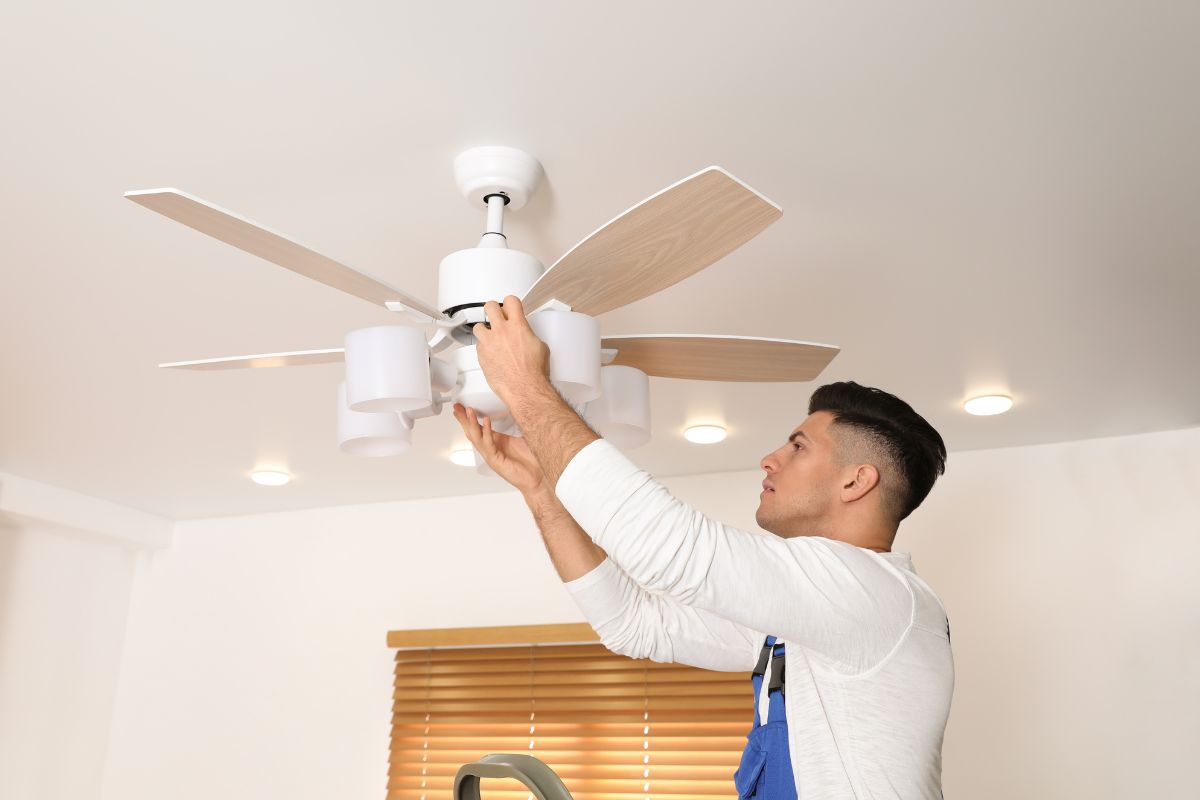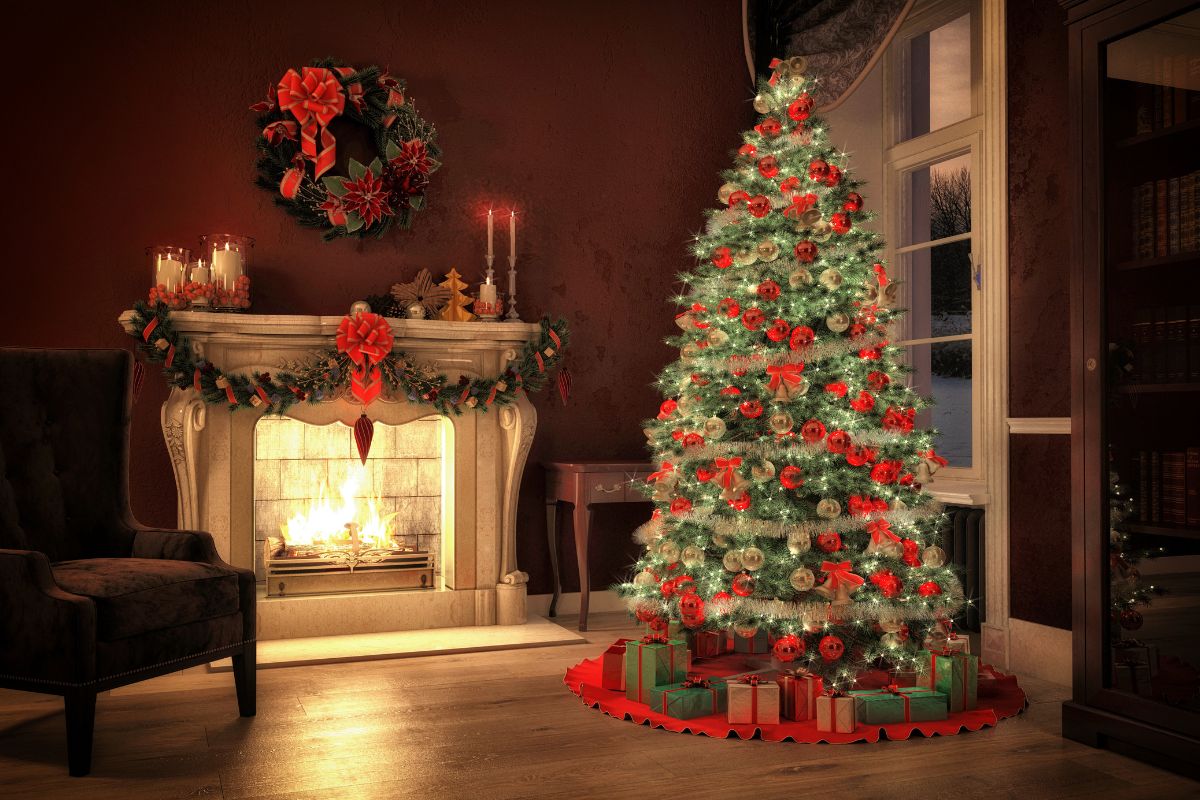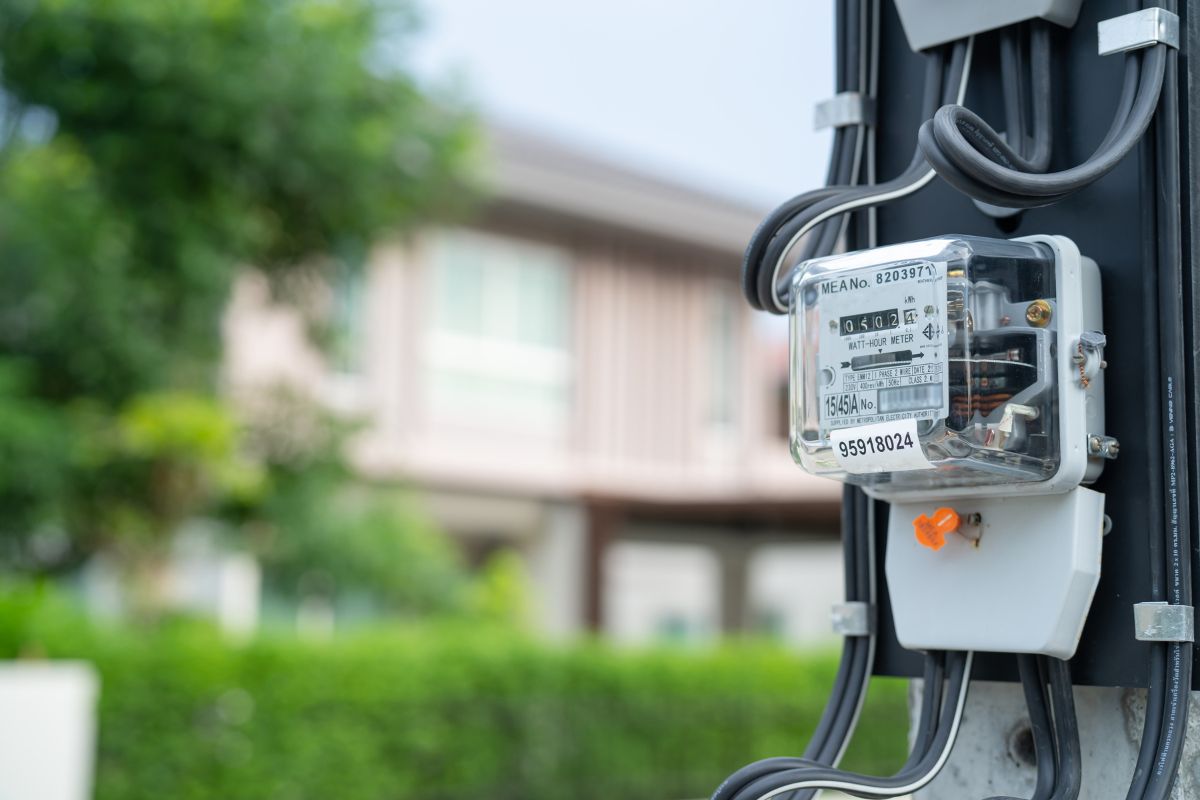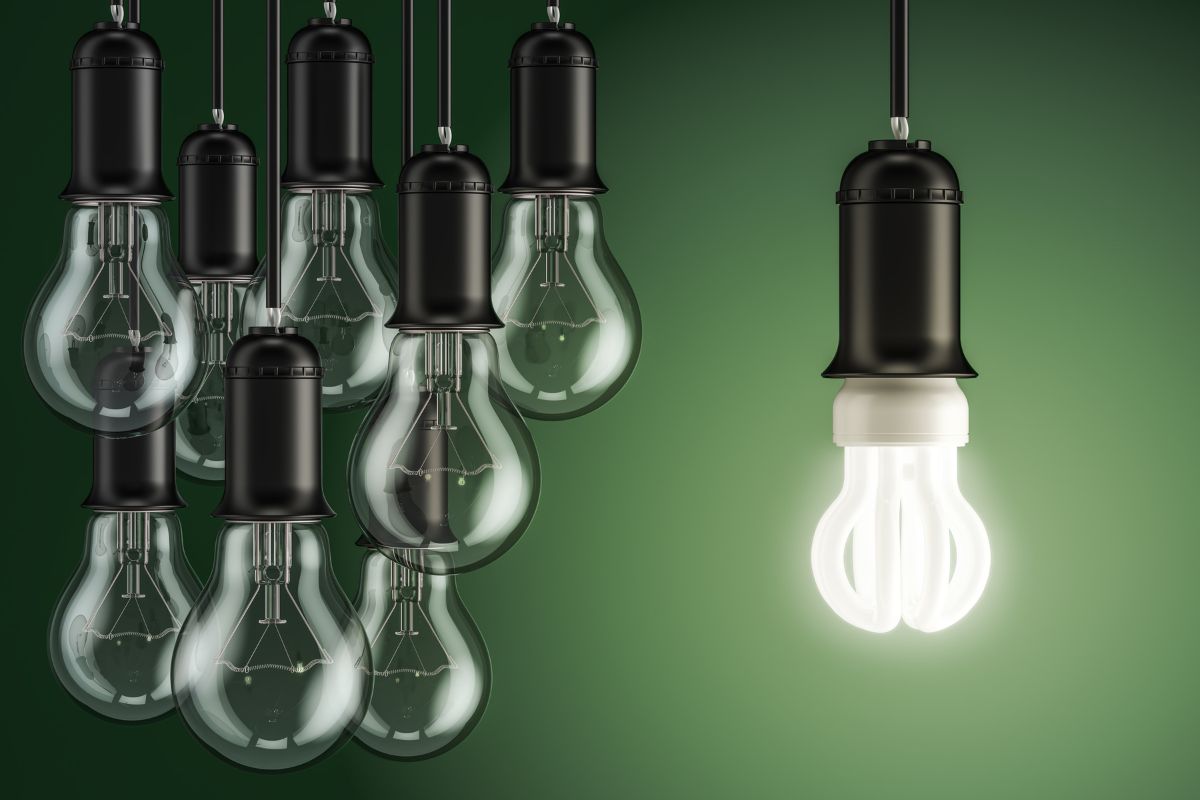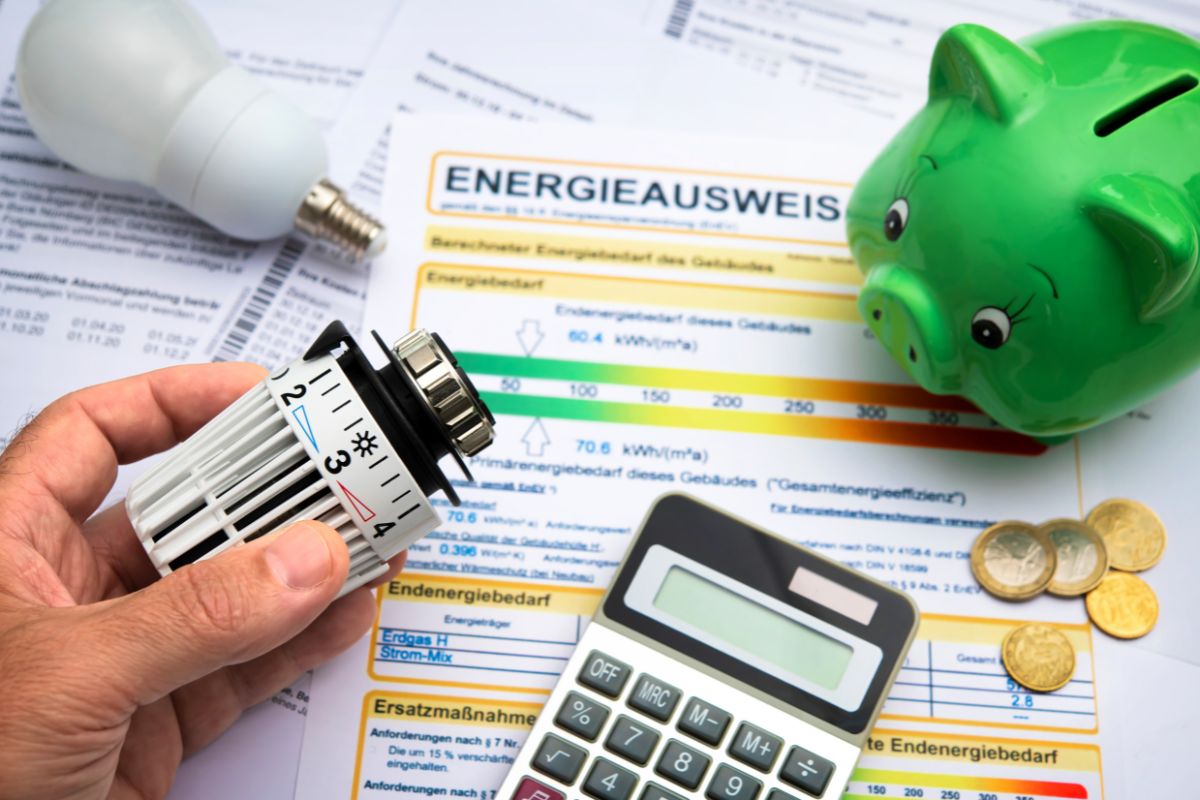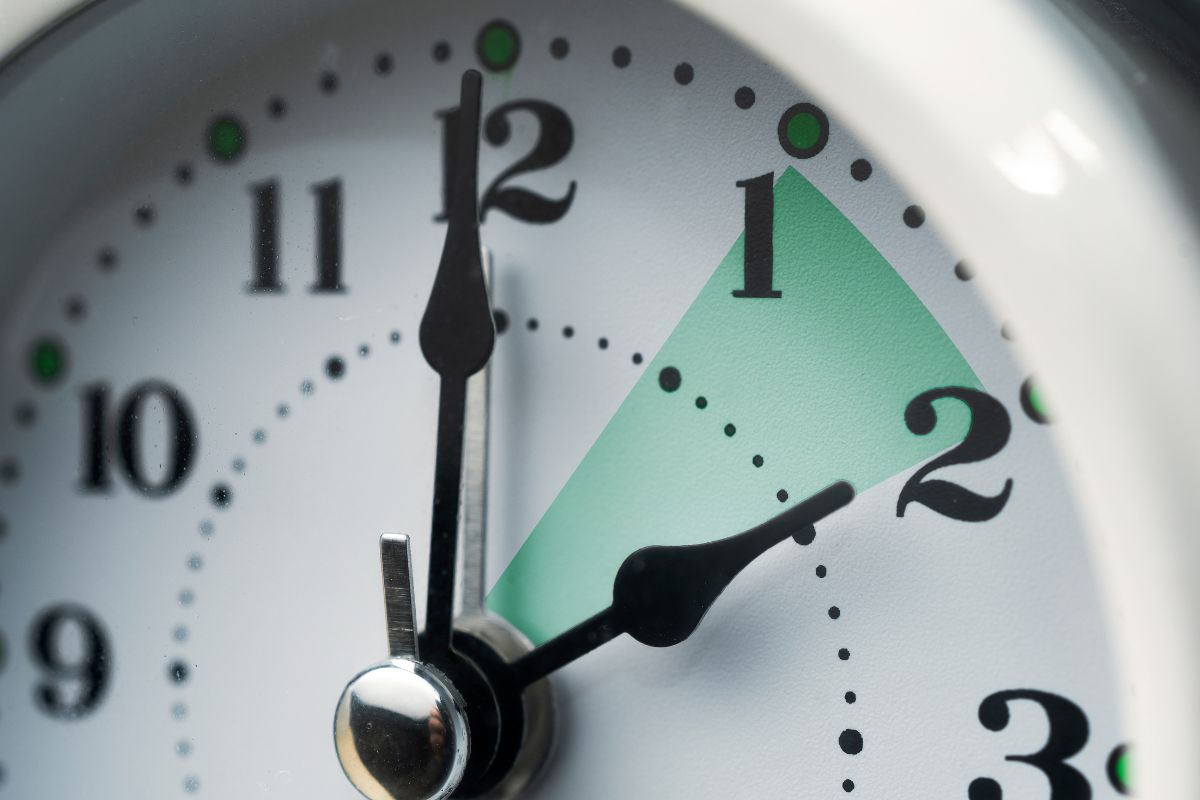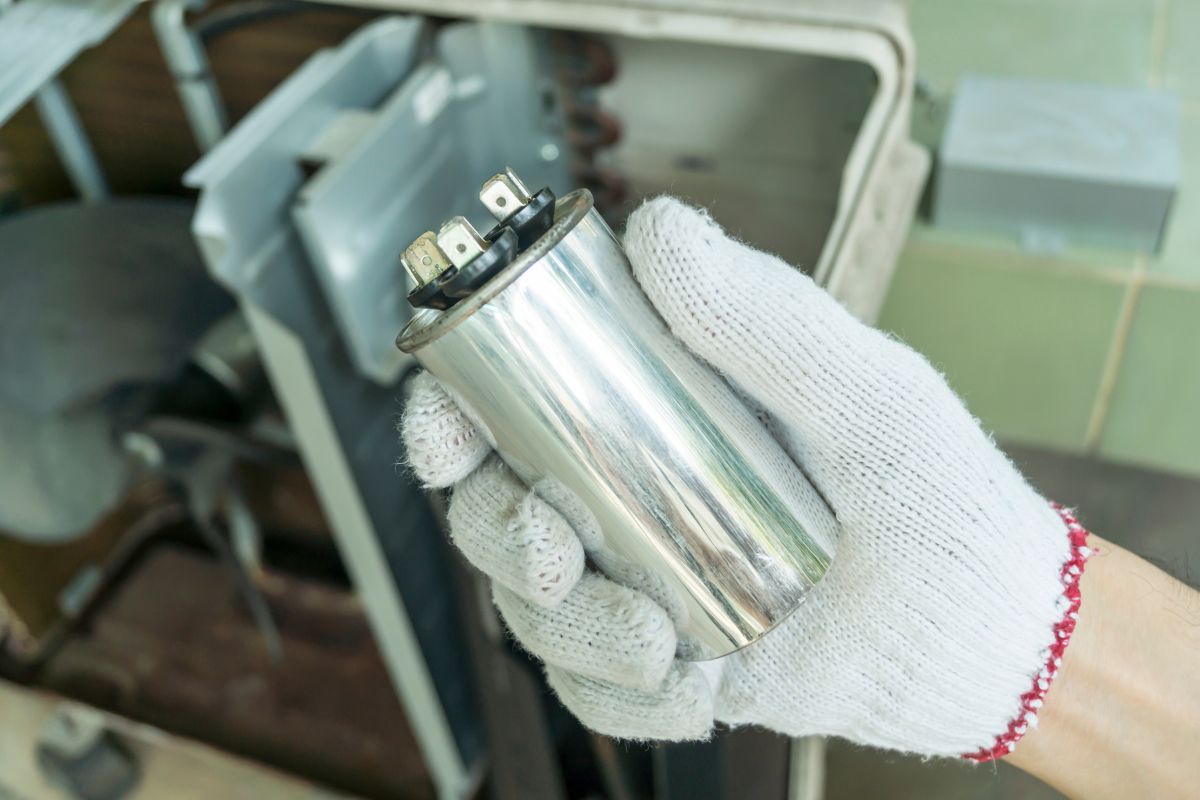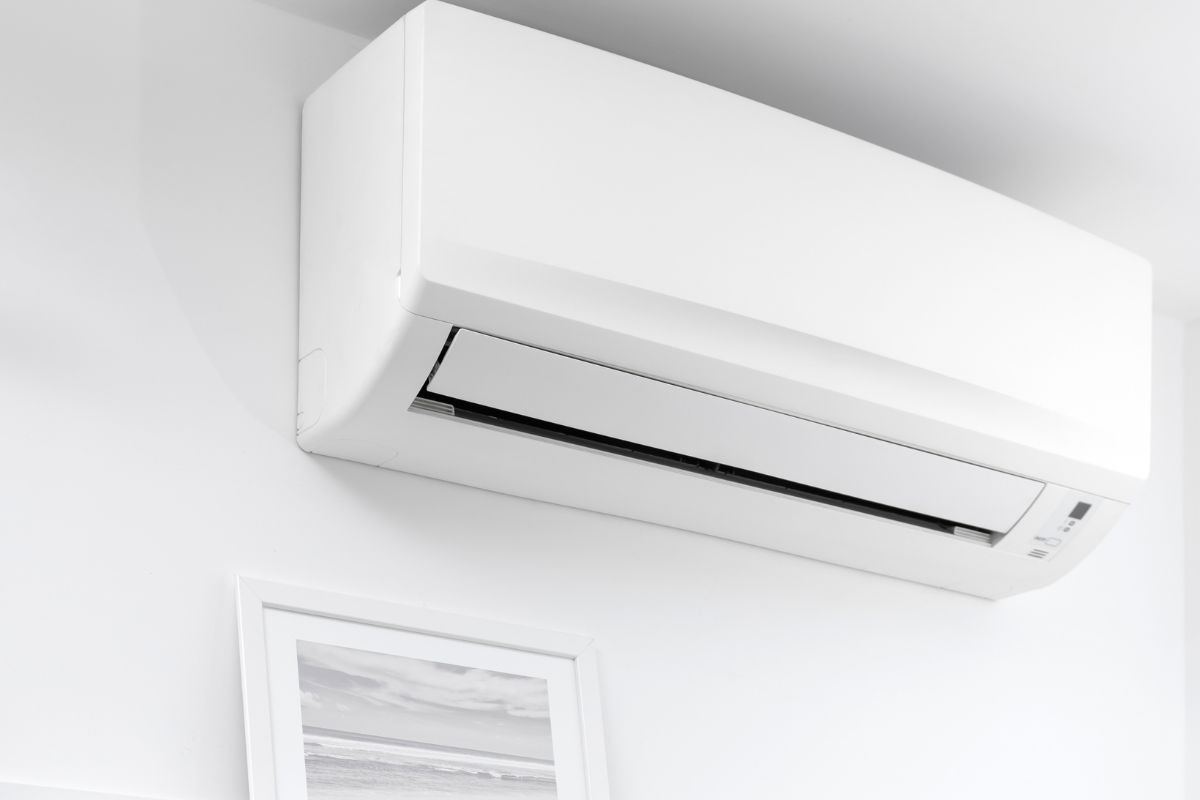What is Reflector
A reflector is a device used to manipulate and control the direction of light. It consists of a surface that reflects and redirects existing light, rather than creating light itself. Reflectors are commonly employed in photography to enhance lighting conditions and achieve desired effects.
Reflectors come in various types, allowing photographers to choose the one that best suits their specific needs. Two commonly used types of reflectors are silver and gold reflectors. A silver reflector produces specular highlights and accentuates shiny objects in the frame, creating a cool light effect. On the other hand, a gold reflector adds a warm tone to the image, simulating sunlight and giving the subject a subtle warm glow.
Looking For Motion-Activated Energy-Saving Solutions?
Contact us for complete PIR motion sensors, motion-activated energy-saving products, motion sensor switches, and Occupancy/Vacancy commercial solutions.
The choice of reflector depends on the lighting conditions present during a photoshoot. If there is ample natural light available, a reflector can be used to reflect and enhance the sunlight, providing additional fill light and reducing shadows. In situations where natural light is insufficient, a reflector can be used in conjunction with a flash to redirect and reflect light from the flash, improving overall lighting conditions.
Maybe You Are Interested In
Frequently Asked Questions
What Are the Three Types of Reflectors
Basic Reflector Types. The three primary types of reflecting surfaces are Flat, Spherical, and Parabolic, as illustrated in the diagram.
What Is a Bad Reflector of Light
Dark or dull surfaces such as slate, concrete, and wood are not effective at reflecting light. These materials tend to absorb most of the light that hits them, resulting in very little light being reflected back. On the other hand, uneven or rough surfaces like sand, leather, and stone scatter the light that comes into contact with them.
What Type of Reflector Is Most Common
Circular reflectors are the most commonly used type of reflector. They are particularly preferred for portrait photography as they create beautiful, round catchlights in the subject’s eyes. On the other hand, rectangular reflectors are more suitable for larger subjects that need a greater amount of light.
What Type of Reflector Can You Use at Your Home
A variety of reflectors can be used at home, including light reflectors that are typically wide, flat, and silver. However, photographers sometimes opt for white or gold reflectors. If you’re looking to purchase reflectors, you can find collapsible light reflectors at camera shops or online. Alternatively, you can create your own reflector using cardboard and aluminum foil.
What Is a Perfect Reflector
Perfect reflection occurs for both the electric and magnetic modes that are spectrally separated. As a result, the reflection phase of the electric mode is nearly 180°, similar to that of a metallic mirror. On the other hand, the reflection phase of the magnetic mode is close to zero.
What Type of Reflected Light Is Not Safe to Look At
Generally speaking, if the object is not safe to look at, it is emitting light, such as the sun or a light bulb filament. This includes sunlight being reflected off of surfaces like mirrors, water, or snow.
What Surfaces Are Better Reflectors
The best reflectors are surfaces that have a smooth texture. Smooth surfaces have a low absorption rate, making them ideal for reflecting light. Sterling silver is known for its smooth surfaces and is considered one of the top reflectors of light.
Can I Use a White Sheet as a Reflector
Here are some ways you can utilize a white bed sheet during an outdoor photo session: One of its useful functions is acting as a reflector to brighten up darker areas. Due to its large reflective surface, it produces high-quality, soft light when used for reflection.

